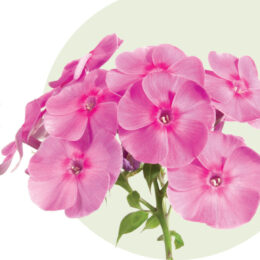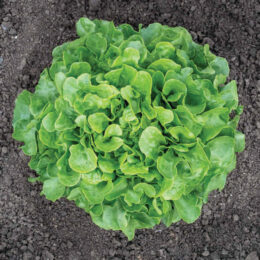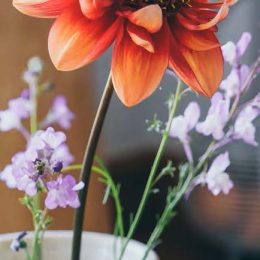 by B. Rosie Lerner
by B. Rosie Lerner
There’s no better way to celebrate Arbor Day than to add beauty and value to your home landscape with a new tree. Trees can also provide shade and wind protection for many years to come if given the proper start. The last Friday in April is both the national and the Indiana Arbor Day.
The first step should be thoughtful selection of an appropriate plant to match the location. Assess your planting location for such factors as light, moisture availability, drainage, amount of space, exposure to wind and location of any nearby utilities.
Then search for plant species that are best adapted to those conditions. Keep in mind such characteristics as winter hardiness, heat tolerance, plant size at maturity, growth rate and cultural requirements. Once you have narrowed down a list, check local nurseries and garden centers for availability and prices.
Trees can be purchased either as bare-root, containerized or balled and burlapped (B&B). Bare-root stock should be planted while dormant, before leaves break bud. Containerized and B&B stock can be planted any time the soil can be worked. But waiting until hot summer days arrive will put additional stress on young trees.
Prepare the soil where the tree is to be planted well ahead of time so that the roots will not be endangered of drying out before you get them in the ground. If planting must be delayed, be sure to supply moisture to the roots. Dig an area that is larger than the root system. The hole should be at least a foot wider than the root spread or soil ball, and the sides of the hole should be vertical, not sloping. Plant the tree at the same depth it was grown in the nursery. If the hole is too deep, replace some of the soil at the bottom, but be sure to firm the soil to prevent the tree from slipping down later.
Refill the planting hole with the same soil you took out of the hole. Do not amend the backfill with organic materials such as mulch or peat moss, as it only makes root establishment more difficult once they grow beyond the amended soil, particularly in clay soils. Do not mix dry fertilizer or manure with soil as young developing roots will be easily burned.
When planting B&B stock, make sure you cut the twine or wire that binds the burlap to the trunk. If left in place, these materials will cut through the trunk as it expands in diameter. The damage may take several years to show up, but by then it will be too late to rescue the tree.
Rosie Lerner is the Purdue Extension consumer horticulturist and a consumer of Tipmont REMC. Have a question about gardening? Use the form to send it to us. Or, questions about gardening issues may be sent to: “Ask Rosie,” Electric Consumer, P.O. Box 24517, Indianapolis, IN 46224, or ec@ElectricConsumer.org.



